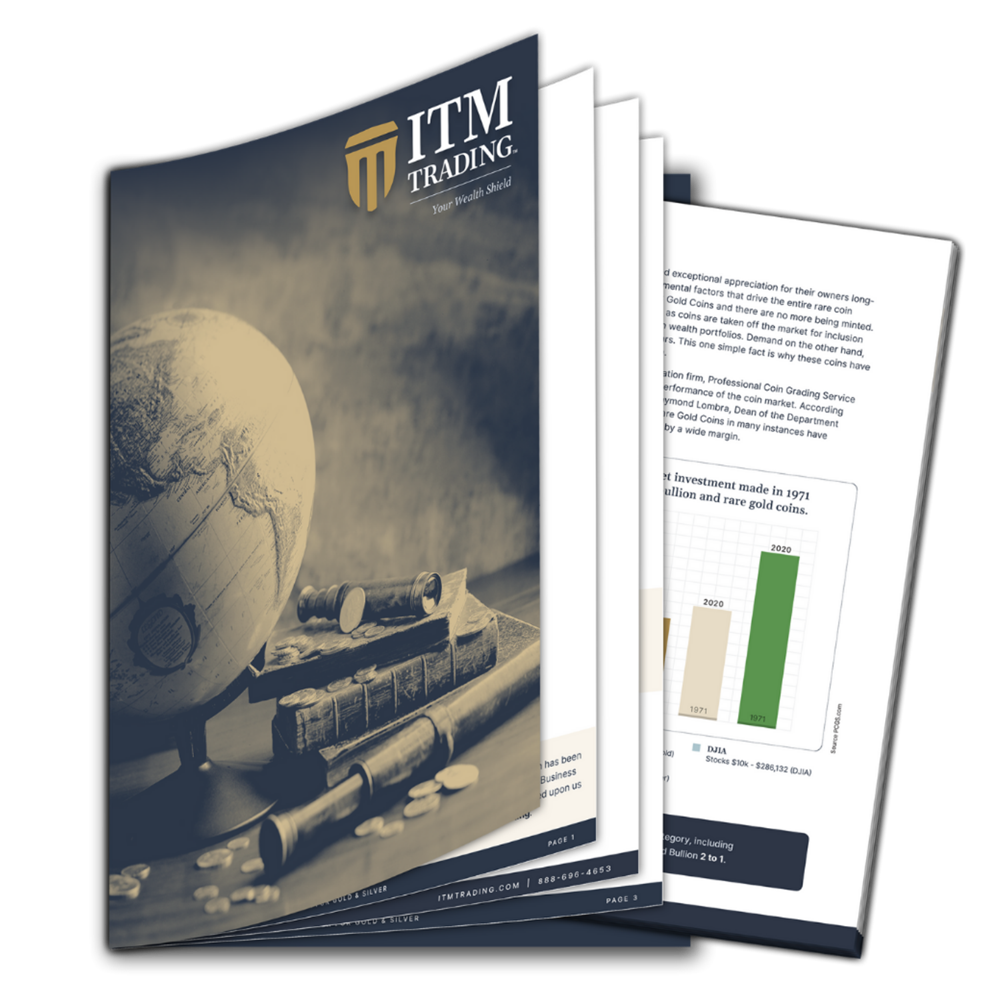Buying Gold Coins for Investment

Buying Gold Coins for Investment
Before an investor makes a decision to buy gold coins, he or she should take the time to learn as much as possible about numismatics and gold.
The world of coinage has a history dating back literally thousands of years. Throughout this history, people have used and possessed coins for 3 primary reasons:
- As money
- As collectibles
- As investments
Coins have been used as money to facilitate commerce for thousands of years and served this purpose exclusively up until roughly the past century. In this period, coins were practical items, used every day by rich and poor alike to obtain the goods they needed to survive or the luxury items they sought for prestige and enjoyment.
Originally, coins were made out of valuable materials and this is where they derived their value. Over time, the two most popular materials used to manufacture coins as monetary units were the precious metals silver and gold. Gold in particular has long had almost a mystical value which, combined with its natural beauty, durability and scarcity, stimulated great demand for gold coins as money around the world. At one time, all of the major nations of the developed world issued gold coins for use in commerce. America had its Double Eagle, Eagle, Half Eagle, and Quarter Eagle. Great Britain had its gold Sovereigns. France had gold Francs.
More recently, as the world monetary system based on real value (gold) became replaced with a “fiat” currency system of paper money representing value, gold coins evolved into “collectibles.”
Over the ensuing years, coin collecting earned the nickname “The Hobby of Kings” and wealthy enthusiasts around the world pursued a dwindling supply of valuable gold coins.
Over time, these collectors (and their heirs) began to realize substantial profits from the increasing value of their collections, even though their primary motivation for buying gold coins in the first place was strictly limited to their collector interest.
This gave rise to investment interest in gold coins as well.
This coincided with the re-legalization of private gold ownership in the United States in 1975 (gold had been prohibited for private ownership since 1933). Shortly thereafter, gold coins became an immensely popular way to invest in gold, when South Africa, the world’s largest gold producing nation, began to mint its now-famous Krugerrand.
For the first time, in the Krugerrand, investors had a coin which was not used as money in daily commerce, nor was it of special interest or value as a collectible coin. What the Krugerrand did do was to popularize gold ownership among individual investors around the world. Other nations began to mint their own gold bullion coins, notably the Canadian Gold Maple Leaf and, starting in 1986, the American Eagle gold bullion coin, the most popular gold bullion coin in the world today.
While gold bullion coins may have popularized buying coins for investment in gold, gold bullion coins are certainly not the only method for investing in gold coins.
Rare gold coins, sometimes referred to as numismatic coins, offer the value of their gold content, plus the added value of their interest to collectors and rare coin investors. Such coins not only have added profit potential due to their scarcity, but they also are exempt from the gold confiscation laws which are still on the books, so they offer an added degree of security as well. On top of this, rare US gold coins, which were all minted between 1795 and 1933, are important artifacts from America’s rich heritage, tangible time capsules which have tell a story about our nation’s history. This is obviously one benefit that no other investment can top.













